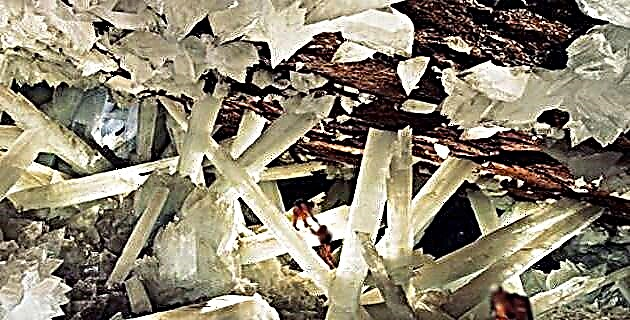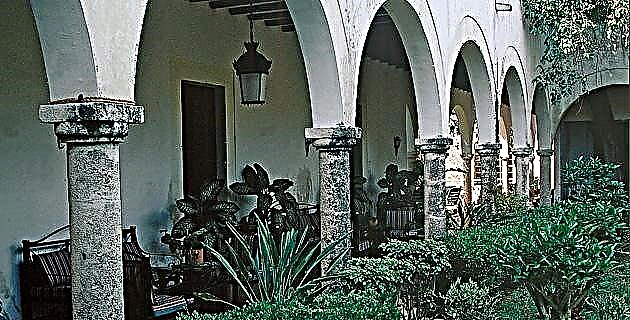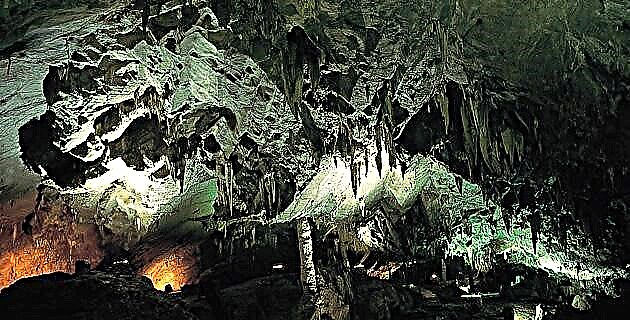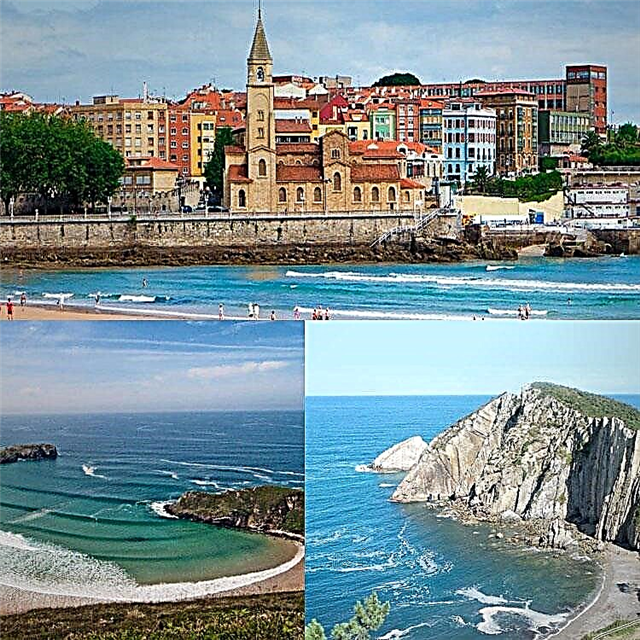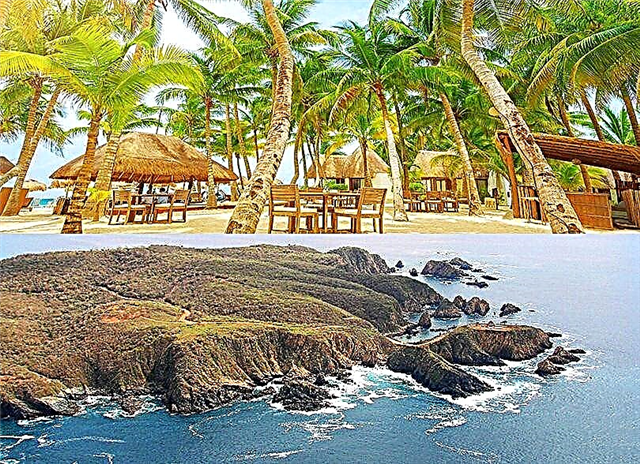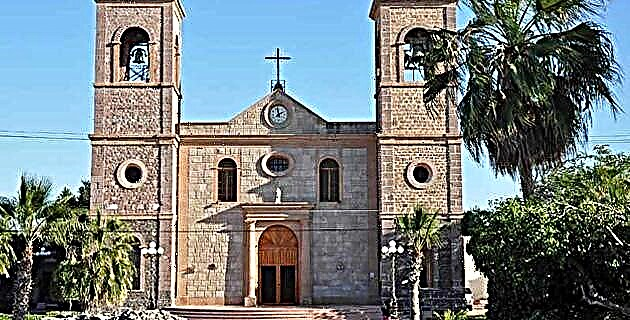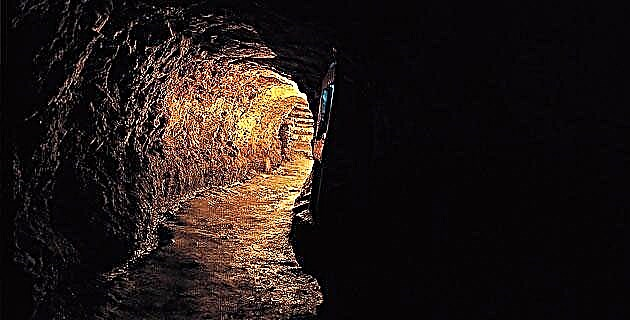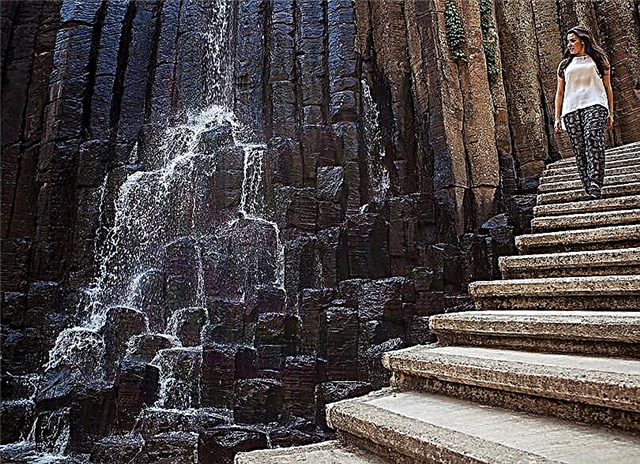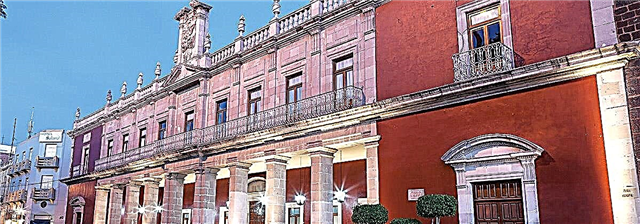
Get to know the hydro-warm capital and be amazed by its architectural, cultural and gastronomic attractions, as well as the color and joy of one of its most famous festivals: the San Marcos Fair.
The city of Aguascalientes It was founded in 1575 to accommodate merchants who roamed the Silver Route. Today it houses a beautiful architecture, both civil and religious, especially from the 18th to the 20th centuries that combines magnificent samples of the Baroque, Neoclassical and Eclectic styles.
This metropolis in northern Mexico is divided into neighborhoods where, each one, contains a different personality delimited by a church, a beautiful garden and a community, whether of bullfighters, engravers or artisans, that give them a unique charm.
The hydro-warm capital also stands out for its surprising cultural offer. In it, it is possible to find museums of plastic arts that invite to know the work of world-renowned artists such as the great sculptor Jesús F. Contreras and the magnificent engraver José Guadalupe Posada, as well as the best of the fruitful paleontological work that has been done in the state.
Aguascalientes is also a party town. In its streets you can enjoy a lively atmosphere from the cafes, neighborhoods and picnic areas, especially during the weekends, and from the Monumental Bullring, one of the largest in the world. However, this joy is even more palpable in April, during the San Marcos Fair, when residents and tourists make this quiet colonial capital a center of fun and good living where music and bullfighting arts are the protagonists.
Plaza de la Patria
Here the main civic activities of the capital take place. In addition to being a great space, it tends to have a cheerful atmosphere where something always seems to be happening. However, it is still a quiet place, as traffic runs underneath in underground tunnels and some of its surrounding streets have been adapted as pedestrian walkways.
The first building that will catch your eye is the Basilica Cathedral of Our Lady of the Assumption. Its interior, with three naves, is crowned by a canopy that protects the Virgin of the Assumption. On one side, the Morelos Theater that, although today it works to recreate theatrical functions, in 1914 it was the headquarters of the Sovereign Revolutionary Convention where Pancho Villa met with his supporters. In the middle of the Plaza it is also possible to admire the Exedra, a column that has at the top the national symbol: an eagle devouring a snake. Behind this emblematic monument there is a fountain surrounded by a garden, one of the favorite places for hydrocalids.
A few streets you will find other architectural treasures such as the old one Hotel France, today converted into a Sanborns, the Legislative Palace, built at the end of the Porfiriato and the imposing government palace, a beautiful enclosure whose interior has two patios surrounded by arches and colorful murals that decorate the wall.
Tip: In this square you can take the tourist trams that take you to the most attractive corners of the city.
Walker Juarez
This pedestrian street, which leads from Francisco I. Madero to the local market, is better known as El Parian. In this old market there are from clothing and gift shops, to opticians, pharmacies and stationery stores.
At the beginning of Walker JuarezOn the right side, you can see a sturdy building that resembles an old barracks. It's about the Former School of Christ, also known as the Escuela Pía, which dates back to the 18th century and today functions as a gallery of contemporary art. It has an esplanade where various artistic and editorial presentations are made.
Temple of San Antonio and Temple of San Diego
The Temple of San Antonio He was solemnly blessed in 1908 and handed over to the hermits of Saint Augustine. Its peculiar façade is eclectic in style, with columns and quarry blocks in two colors; in front it has a central tower that functions as a bell tower, crowned by a domed dome in the style of Russian Orthodox churches. The interior is extremely beautiful.
The San Diego Temple It has four polychrome wooden altars and the valuable Camarín de la Virgen de la Purísima Concepción.
Neighborhoods
In the today called Station neighborhood Previously there was the hot spring that gave its name to the capital and the state, and which supplied water to practically the entire city. Since 1821, spas such as the one in Los Arquitos. All of these were fed by the spring water, brought by an underground aqueduct of more than 1,000 meters in length. The building of the old spa has been designated a historical monument and is currently used as
Cultural center
At San Marcos neighborhood it is worth admiring the Temple of La Merced, whose interior recalls an old house, and stroll through the pleasant Jardin de San Marcos where there is a kiosk and benches to spend a good time with the family. In this same neighborhood is the San Marcos Bullring, the second most important in the city after the Monumental.
At Guadalupe neighborhood unfolds the Guadalupe Temple, an elegant baroque style venue. While in the Encino neighborhood are the most traditional restaurants and the José Guadalupe Posada Museum, which has the work of this famous engraver, creator of "La Catrina".
Square of the Three Centuries
The Square of the Three Centuries It is a space that includes green areas and the old buildings of the train station, which today function as the Tres Centurias Railway Museum. It is a place to walk for families in Aguascalientes and is great to take the children. It gets its name because it is made up of buildings from three different centuries: from the 19th century, the passenger platform; of the XX, the station of two floors; and of the XXI, the gastronomic zone.
Museums
On your visit to Aguascalientes Don't forget to visit its interesting museum complexes, most of which are located in the Historic Center. Start your tour at National Museum of Death, which includes figures and representations from pre-Columbian times to modernity. Meet the Aguascalientes Museum, with a neoclassical façade that exhibits the work of two notable painters: Saturnino Herrán and Gabriel Fernández Ledesma. They are also recommended Contemporary Art Museum which stands out for its quarry façade and the peculiar octagonal entrance, as well as for its exhibitions of young local artists; and the Regional Museum of History, where you can learn more about the history of the entity.
Royal Seats
This Magic Town with a palpable mining legacy is located in the north of the state, on the border with Zacatecas, 61 km from the capital. This town is framed by a semi-desert landscape, surrounded by cacti, and by the richness of its former splendor, resulting from mining exploitation.
Visit the Parish of Our Lady of Bethlehem, where its articulated Christ made with human remains stands out more than 400 years ago. Tunnels, previously used to evacuate water, pass under the church, and in their Gallery magnificent colonial altarpieces are housed. Other sites of interest are the Shrine of Guadalupe that stands out for his work in quarry and blacksmithing and the famous Former Convent of Tepozán, where Franciscan monks were secluded.
Take advantage of your stay to buy traditional clay pottery crafts, pink quarry items and try the typical milk sweets and guava rolls.
San José de Gracia
This town, founded by indigenous people of Chichimeca origin, is located at the point where the Sierra Fría begins. This community is distinguished by its famous Broken Christ, recently built on a dam island to commemorate the sad fate of its old town, destroyed at the beginning of the 20th century. This figure, 25 m high, is the second largest sculpture of Christ in Latin America, after the one located in Rio de Janeiro.
In the dam that currently houses it, it is possible to enjoy a kind of artificial beach with sand, beautiful palapas and open restaurants that offer drinks, seafood and typical dishes of the region. Also, in this place you can carry out ecotourism activities such as water sports, boat rides and horseback riding to admire the surprising natural canyons that can be seen in its mountains. At Boca del Túnel Adventure Park You will be able to admire the interesting biodiversity and the view of the Potrerillos Dam.
Calvillo
This beautiful town stands out for the smell of guava that emanates from its fertile orchards, a fruit that is used to make delicious sweets. This town of legends and tradition conquers its visitors with its beautiful architecture and with the delicate yarns, the product of arduous artisan work.
Calvillo It is also an important place in the history of Mexico, as it was the passage of priest Hidalgo after the defeat at Puente de Calderón. In addition, in its quiet streets you can see the Municipal Square and the Temple of the Lord of Salitre, one of the most charming religious buildings in the country.
Very close to this place you can enjoy other great attractions of Aguascalientes: its farms.



 Aguascalientes San Marcos Fair Mexico Unknown Mexico Bullring Aguascalientes
Aguascalientes San Marcos Fair Mexico Unknown Mexico Bullring Aguascalientes
